Capturing Stills on the Move: Tips to Upskill Your Travel Photography
– documenting travels to create a lasting record of your experiences
If you love to explore new places, taking a camera with you and documenting your travels allows you to create a lasting record of your experiences that you can enjoy for all time.
As a travel photographer, there are a few skills you need to master in order to truly make the most of your journeys to other cities or countries. These include editing pictures, quick composition, planning your travels strategically, knowing how to publicise your photos and being authentic.
Keep reading for a deep dive into each of these and to learn how to be an incredible travel photographer.
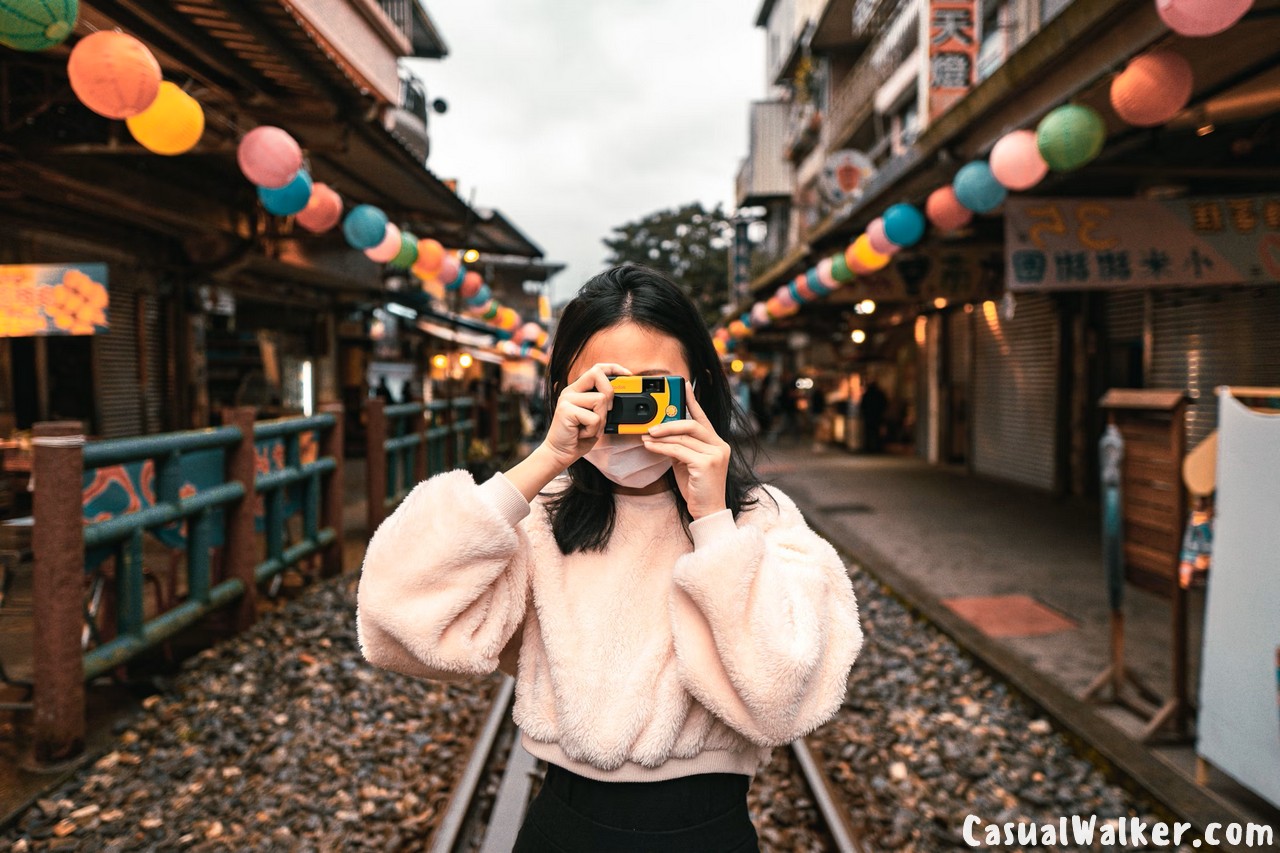
Enhance Your Editing Skills
As a photographer, your job is twofold: aside from snapping incredible pictures, you will also need to know how to edit them so that they’re as presentable as possible. You can streamline this process by utilising various digital tools. For example, if you’re looking to put several different shots together, you can use a premade photo collage template from Adobe Express, Canva or another content creation tool.
When editing travel photographs, it helps to follow a standardised process for each one. You can come up with a checklist that includes editing elements like exposure, texture, lighting, saturation and contrast. Of course, structure should not come at the expense of creativity: every single photo you snap should be a work of art in its own right, and you should edit it as such.
When editing travel pictures, your job isn’t to add something that’s not there, but rather to help bring out the authentic beauty of the place you just visited.
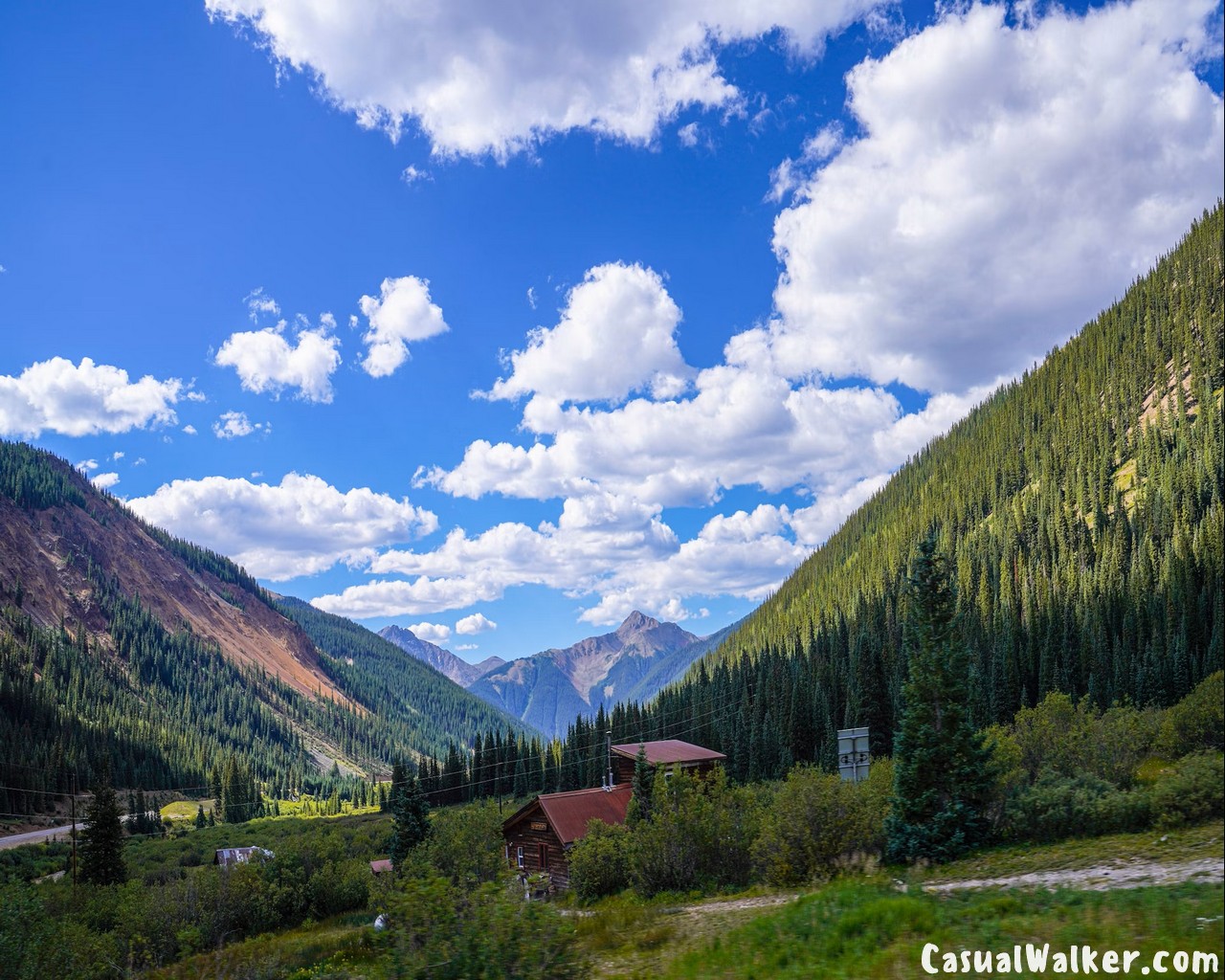
Master Quick Composition
During your travels, you won’t often have the luxury to spend hours trying to get the perfect shot. You’ll be working with tight time constraints, which means that you’ll need to know how to snap clear, high-quality pictures when you’re on the go. Mastering quick composition also comes in handy when an unexpected picture-taking opportunity arises.
There are some elements of quick composition that every travel photographer should have in their arsenal. These include the rule of thirds, framing, symmetry and the use of lines in the environment to create more dynamic photographs. As a travel photographer, you also need to know how to use negative space to make your subject, whether that be a person, an animal, a building or an object, the centre of attention.
If you’re a professional photographer, you probably have a comprehensive setup that includes equipment like a powerful digital camera, a tripod and various filters. While all these tools are helpful if you have a bit more time to conduct a photo shoot, a simple smartphone might be the best course of action if you need to snap a quick picture. Flexibility is essential: allow the world to surprise you, and your pictures will be better for it.
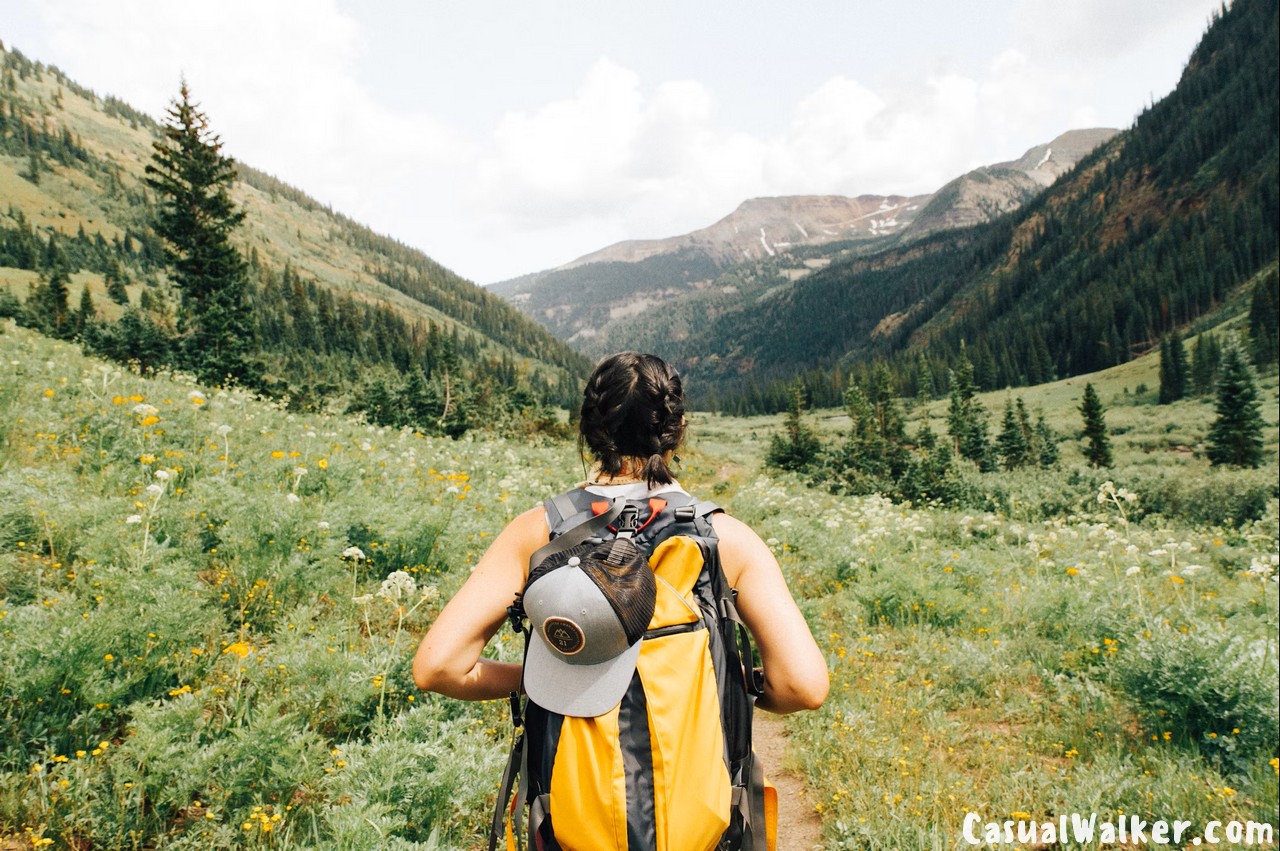
Plan Your Travels Beforehand
While it’s important to allow yourself to be surprised, it’s also vital to make careful plans before you set out on your travels. As a travelling photographer, you unfortunately don’t have all the time in the world to snap pictures.
Research is the key to making the most of the time spent in another city or country. If you’re planning a trip to India, for example, you should look up the local religious buildings, national parks, historical sites and other landmarks to ensure you have enough time to photograph them all.
The same goes if you’re visiting another country. Come up with a travel itinerary prior to setting off to make sure you don’t waste any time and are able to take the photographs you want.
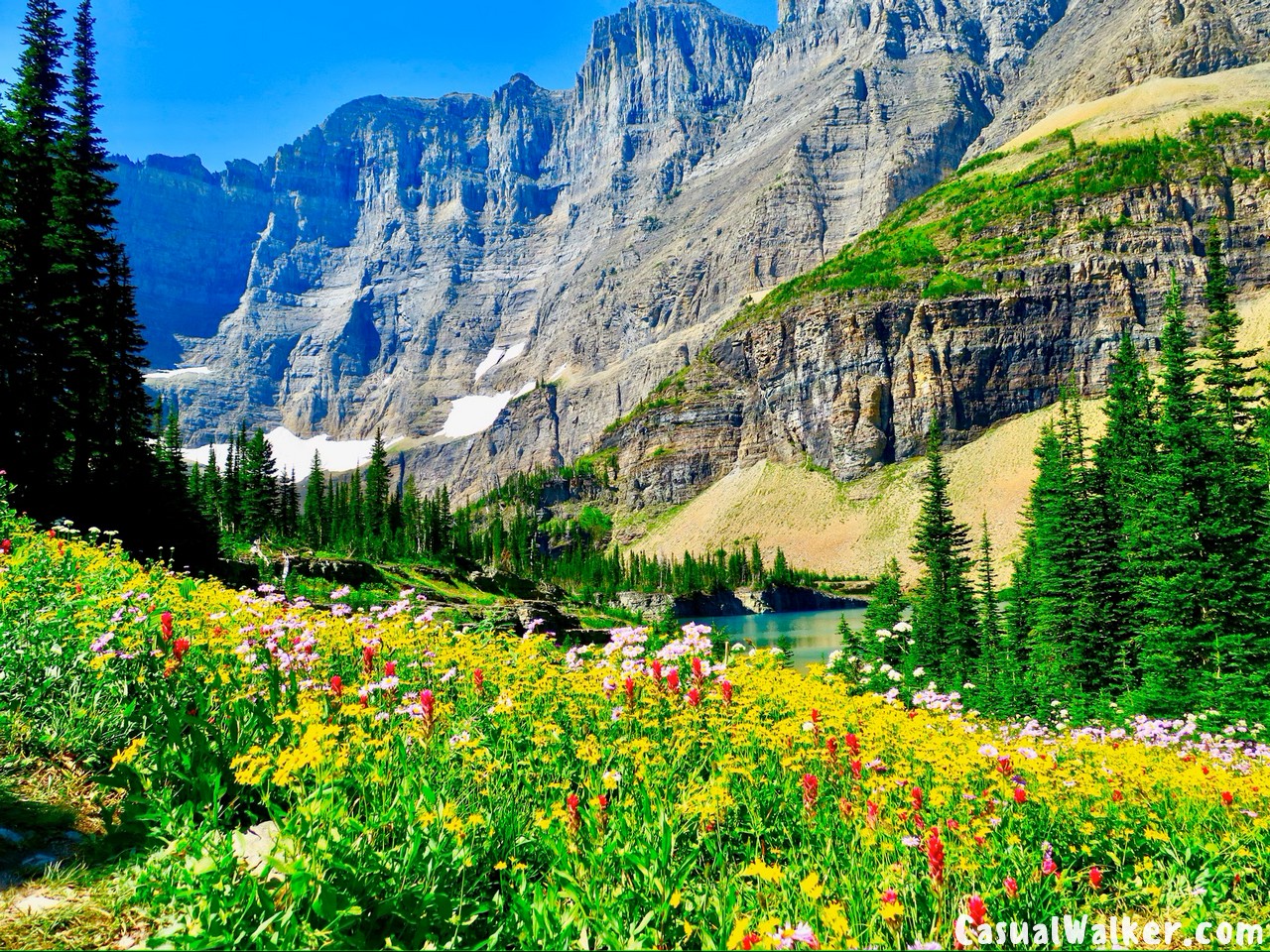
Embrace Authenticity
Lastly, remember that authenticity is the most important element of travel photography. When travelling to a foreign country or a different city, your photographs need to be a genuine reflection of the place’s inhabitants, culture and architecture.
It’s vital to remember that authenticity means more than simply showing up and snapping a few random pictures. The tips we’ve gone over earlier, such as photo editing, quick composition and careful planning, are not mutually exclusive with authentic photography. In fact, they support it.
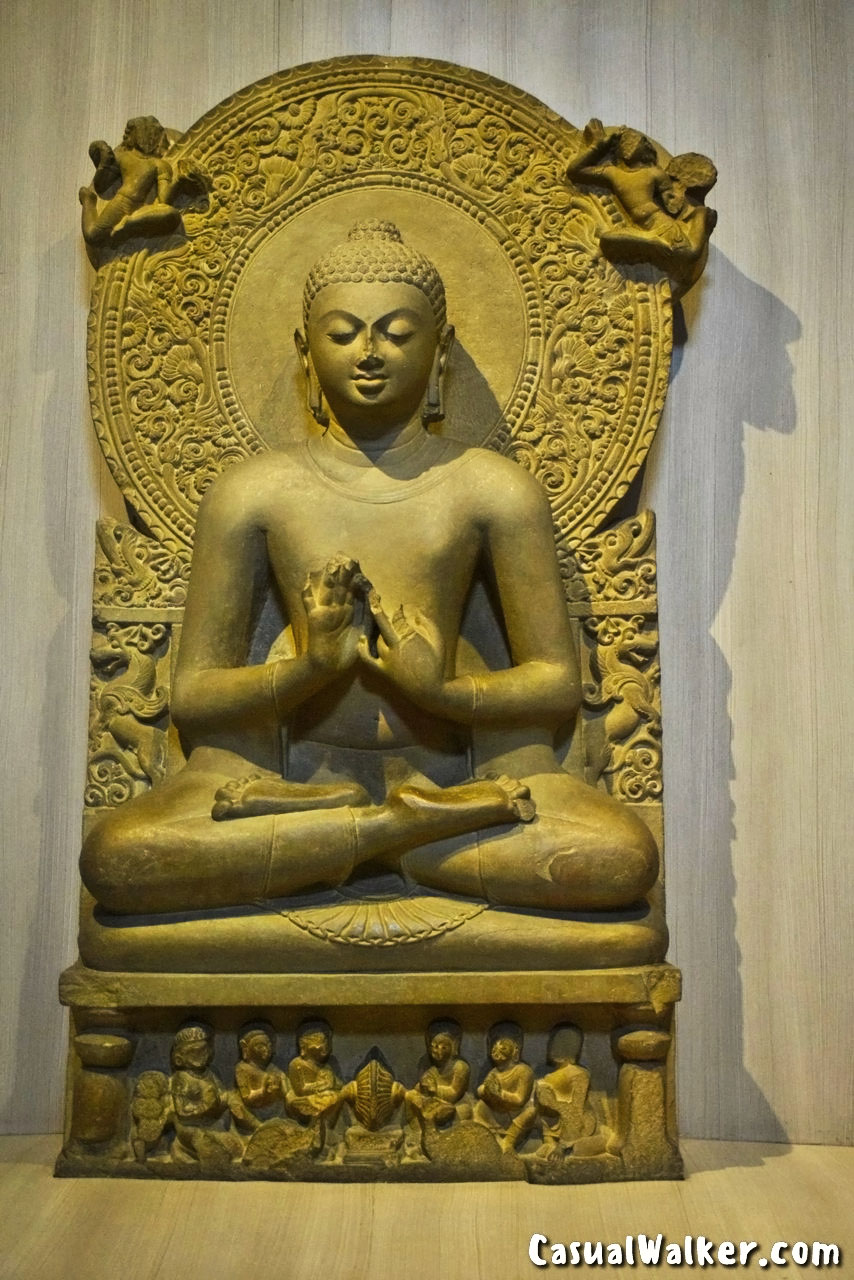
Editing helps you bring out the true beauty of what you saw with your own eyes. Quick composition allows you to capture spontaneous, fleeting moments that might otherwise be missed. Planning your trip gives you the time and space to explore areas that might not be on the typical tourist trail, offering a more honest representation of a place.
For instance, if you’re travelling within India to document the wide range of temple architecture in the country, it’s not just about finding the most famous landmarks. It’s also about venturing into lesser-known towns, speaking with locals, and observing how the spiritual and historical significance of these temples intertwine with daily life.
That’s where authenticity lives – in the quieter corners, in the natural light of the morning, in the expressions of the people going about their day. At the end of the day, authentic photography is about connection. It’s about being present, being curious, and letting the place you’re in shape your perspective.
Know Where to Post or Submit Your Photos
Snapping gorgeous photos of the places you’re visiting is only half the battle. Whether you’re looking to make a living from travel photography or are simply doing it as a hobby, you’ll likely want to share your beautiful images with the rest of the world. Thankfully, the Internet has made this incredibly easy.
Most travel photographers open social media pages in order to share their pictures. Due to its highly visual nature, Instagram is likely the most common platform used for this purpose. By posting high-quality content and using hashtags strategically, you can build a large following and perhaps even monetise your hobby over time.
If you want to go the more traditional route, you can also look up websites accepting photo submissions. No matter how you decide to go about it, making your travel photos public adds another layer to your travel photography hobby.
Bring Your Travel Shots to Life
Travel photography is about more than just snapping beautiful pictures; it’s about capturing the essence of a place and the emotions of the moment.
Whether you’re just starting out or refining your craft, improving your editing skills, mastering quick composition, planning ahead, embracing authenticity, and knowing where to share your work will elevate your photography and make your journeys even more meaningful.
Remember, not every shot has to be perfect, but every photo should tell a story. So pack your gear, stay curious, and give yourself permission to experiment and grow. The more you travel and practice, the more you’ll discover your unique perspective as a photographer. Your next adventure could lead to your best shot yet.

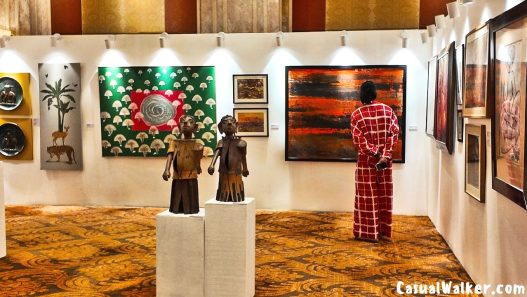

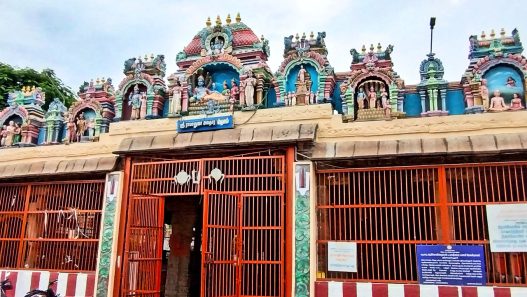

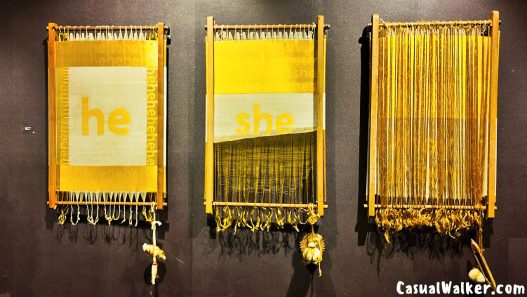

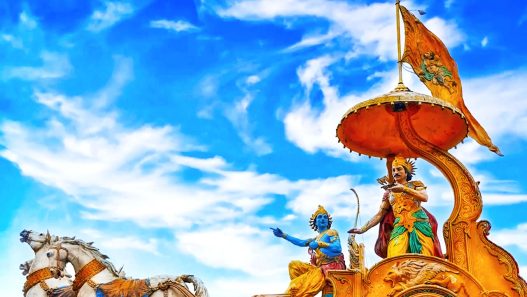
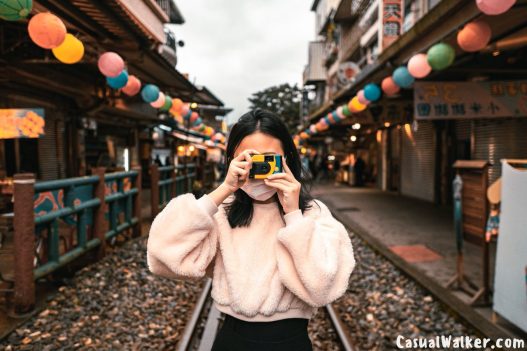

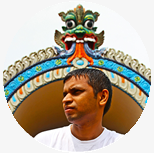

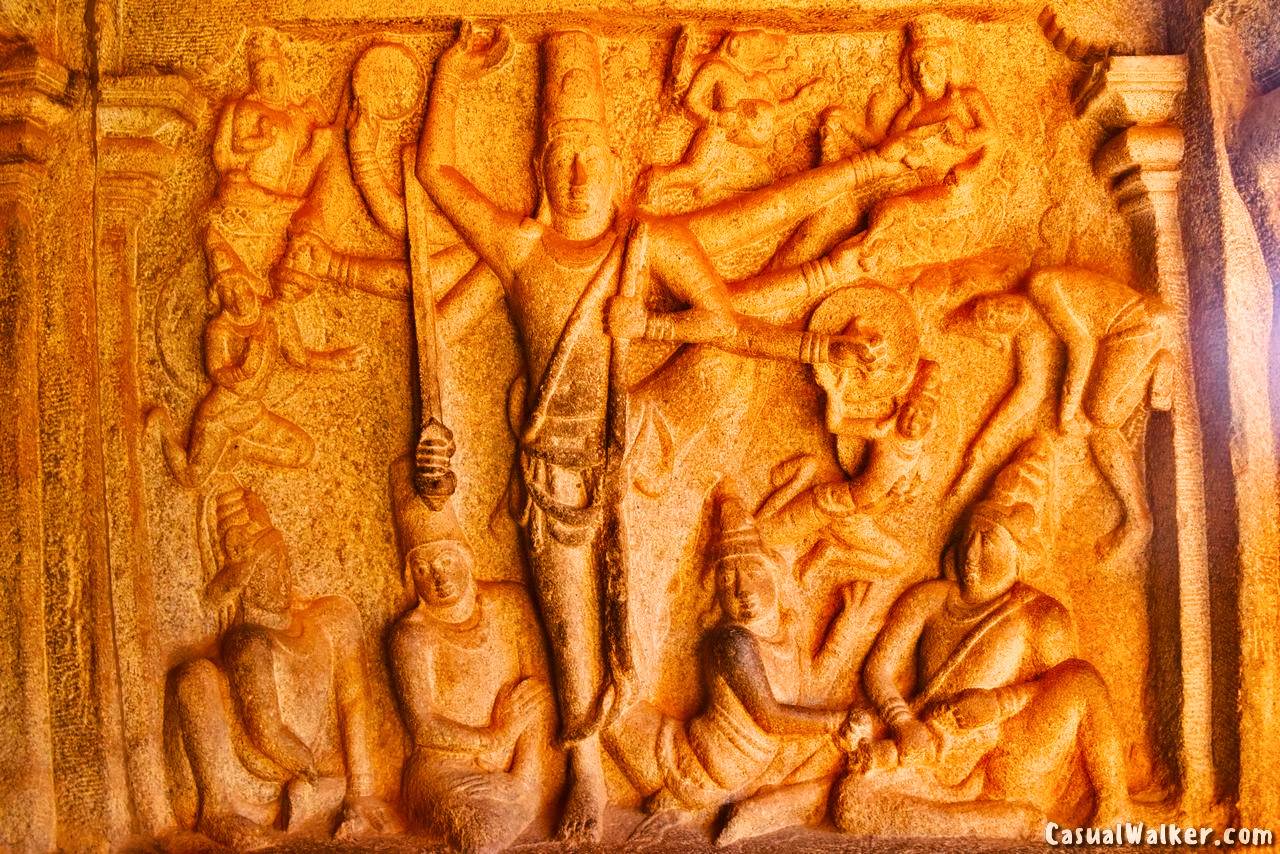


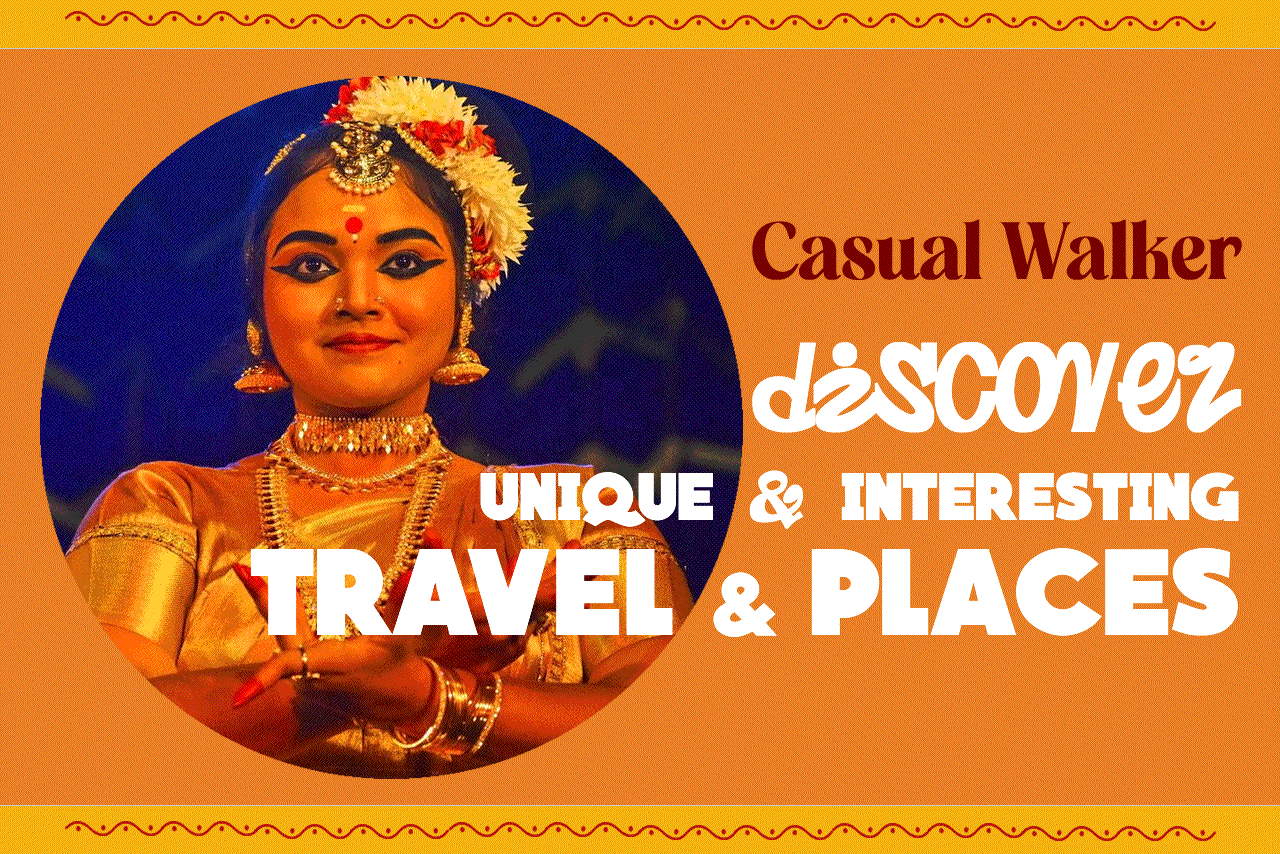











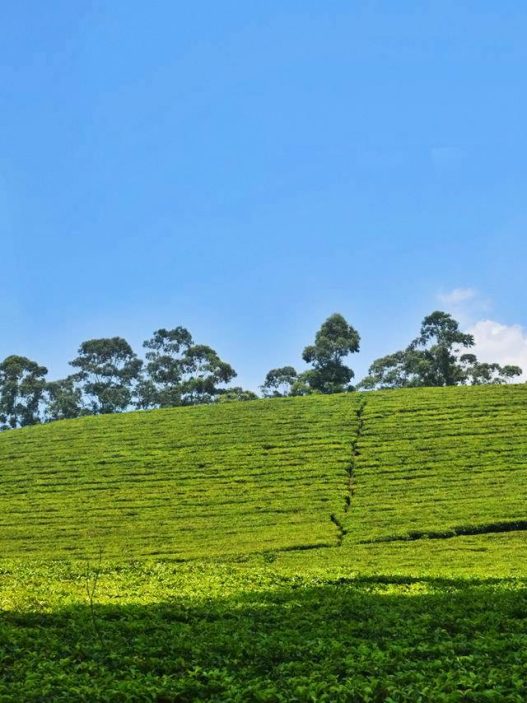

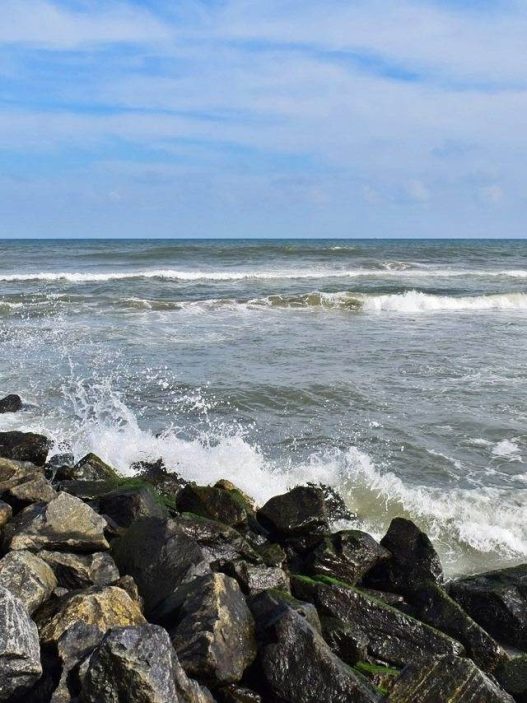
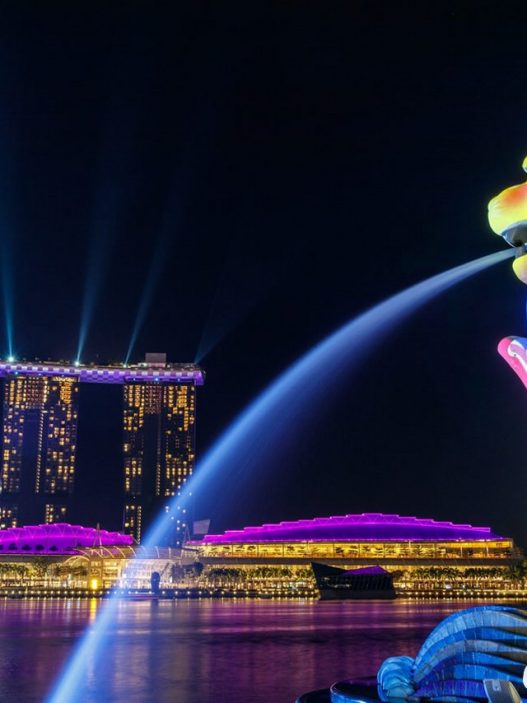
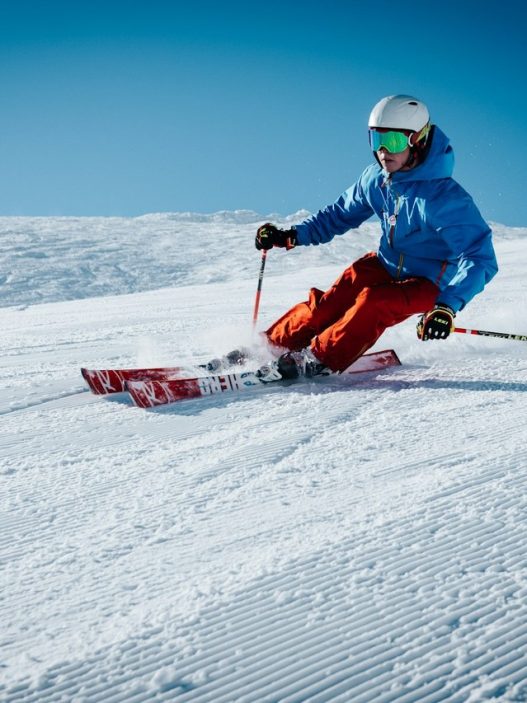


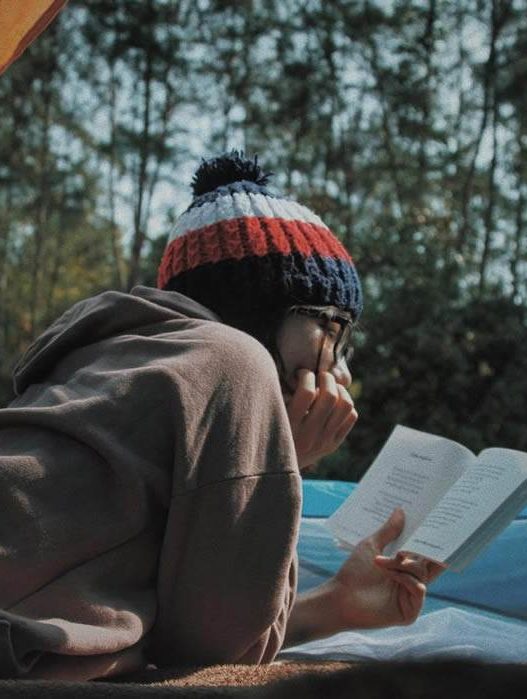
casualwalker.com
casualwalker.com
Adolfo Culbert
Albertina Bernhardt
Alexandra Almeida
Just tried zo88app and I’m digging the user experience. Easy to navigate, and the games are popping! If you’re lookin for something fresh on your phone, give it a shot: zo88app